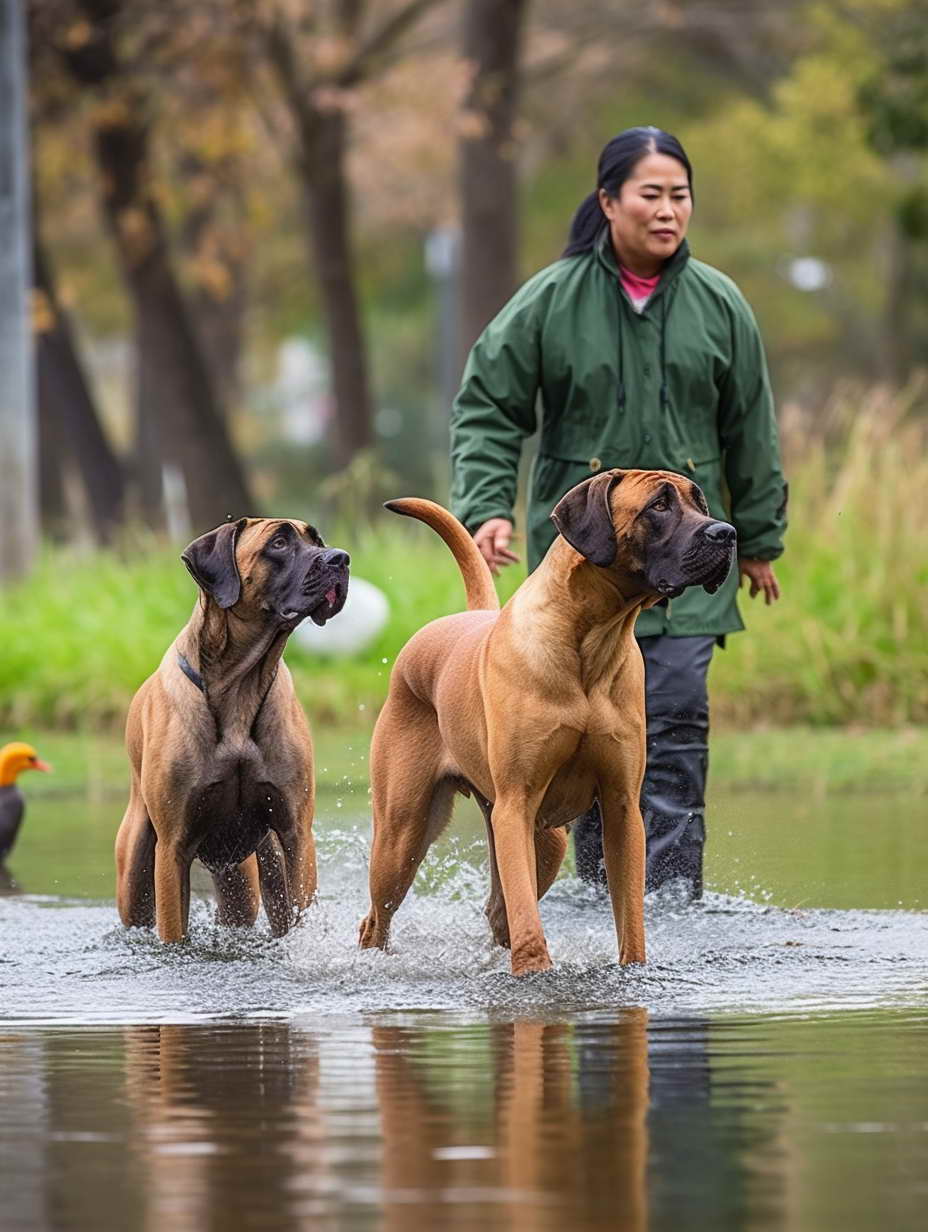Unleash the Power of Dog Training Release Word
Dog training is an art, and every dog owner aspires to have a well-behaved, obedient canine companion. In this quest, one of the most powerful tools at your disposal is the Dog Training Release Word. This article will guide you through the ins and outs of this technique, helping you unleash the full potential of your furry friend’s training journey.
Understanding the Dog Training Release Word
The Dog Training Release Word is a foundational concept in the world of dog training, and comprehending its significance is the first step to successful canine education. In this section, we’ll delve deeper into what the release word is, why it matters, and how it can transform your dog’s learning experience.
What Is the Dog Training Release Word?
At its core, the Dog Training Release Word is a verbal cue or command that informs your dog that they have completed a specific task or behavior and is now free to stop. This simple yet powerful word acts as a bridge of communication between you and your furry friend during training sessions.
The Role of Clarity
Imagine teaching your dog to sit. You give the command, “Sit,” and your dog obediently follows. Now, what comes next? This is where the release word steps in. Instead of relying solely on silence or vague cues, the release word clarifies to your dog that they’ve done exactly what you asked for.
Why the Release Word Matters
- Clear Communication: Dogs thrive on clear communication. The release word helps eliminate ambiguity in your dog’s mind. They know precisely when to start and stop a particular behavior.
- Enhanced Learning: The use of a release word aids in the learning process. Dogs are more likely to grasp commands when they understand the exact moment when they’ve fulfilled your expectations.
- Reduced Confusion: Without a release word, your dog might remain in a sit position indefinitely, unsure of when they can relax. This can lead to confusion and frustration for both you and your pet.
The Psychology Behind the Release Word
To truly understand the significance of the release word, it’s essential to delve into the psychology of dog training. Dogs thrive on routine, structure, and clarity. When you introduce a release word, you’re providing them with a structured framework for behavior.
Think of it as a contract between you and your dog. When they follow a command, they’re fulfilling their part of the agreement. The release word signifies that you acknowledge their compliance and that they can now return to their default state.
The Building Blocks of Effective Training
The Dog Training Release Word serves as one of the fundamental building blocks of effective training. It promotes a positive and productive learning environment, setting the stage for more complex commands and behaviors.
As you progress in your dog training journey, keep in mind that consistency is key. Your chosen release word should remain the same throughout all training sessions, ensuring that your dog associates it with the desired behavior.

The Importance of Consistency
Consistency is key when it comes to training your dog. Your chosen release word should remain the same throughout the training process. Variations or frequent changes can confuse your furry friend and hinder their progress.
Selecting the Right Release Word
Choosing the perfect release word is a critical decision. Opt for a word that is short, distinctive, and easy to remember. Common choices include “okay,” “release,” or “free,” but you can personalize it to suit your preferences.
Incorporating the Release Word in Commands
To effectively use the release word, introduce it into your training sessions. For instance, when teaching your dog to sit, say, “Sit” and wait for them to obey. Once they do, say your chosen release word and offer praise or a treat.
Timing Is Everything
Precision in timing is vital. Always use the release word immediately after your dog completes the desired action. This helps them associate the word with the correct behavior.
Avoid Overusing the Release Word
While it’s essential to be clear and consistent, overusing the release word can dilute its effectiveness. Only use it when your dog has successfully followed a command.
Positive Reinforcement
Positive reinforcement is a powerful tool in dog training. When your dog responds correctly to the release word, reward them with treats, affection, or playtime. This positive association encourages them to repeat the desired behavior.
Correcting Misbehavior
In cases where your dog doesn’t follow a command, resist the urge to scold them. Instead, calmly repeat the command and provide guidance. The release word should only be used when the desired behavior is achieved.
The Role of Patience
Training your dog takes time, and patience is essential. Consistently applying the release word, along with praise and rewards, will lead to gradual improvements in your dog’s behavior.
Incorporating the Dog Training Release Word into your dog’s training regimen is a powerful way to enhance obedience and strengthen your bond. Remember, success in training comes from consistency, positive reinforcement, and patience. With these principles in mind, you can unlock your dog’s full potential and enjoy a harmonious relationship with your furry companion.

Leave a Reply